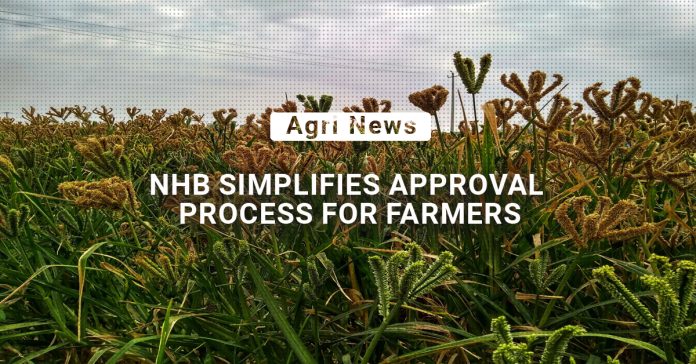With the Budget 2023 presented, the agriculture industry has got some significant share in the form of digital technologies to fund for startups. There are plenty of farmer-centric inclusions in the budget along with some boosts for some new as well as existing schemes.
Here is a quick breakup of the important Agri-boosting features of the Union Budget 2023.
Highlights for the agriculture industry
- Agri-Accelerator fund for entrepreneurs and startups will help new ventures in rural areas of India. This will be the perfect way to find some innovative solutions for some of the common challenges faced by farmers. It will help improve overall productivity using modern technology both on and off the field.
- Digital Data Repository, a huge digital source of information on the farming sector will soon be a reality. This has been under construction and will be enabled this year. It will help provide information on various fields of agriculture.
- To promote chemical-free and natural farming, the government will roll out incentives under different schemes which will benefit more than 10 million farmers across the country. In addition, there are also bio-input resource centres which will be 10,000 across the country.
- The Atma Nirbhar Clean Plant will make disease-free and better-quality plant material for horticultural crops, available for the farmers.
- Another important takeaway of the Budget 2023 for agriculture is decentralised storage facilities for the farmers. This will be a great boost to the farmers as they can store their produce for a longer period and sell them at the most appropriate times for better remuneration.
- Under the PM Garib Kalyan Anna Yojana, the central government will provide food grains for free for one year for everyone in the Antyodaya and other priority households.
- Most important, the government has raised the limit for collateral-free Agri loans from INR 1 lakh to INR 1.6 lakhs.
Conclusion
The agriculture industry continues to be at the Centre of the Central Government’s focus when it comes to the budget. This year also remains the same. While there are several attractive schemes and offers for the farmers, there still are some issues unattended till now.
Agriculture remains the major contributor to the economy but the income from this sector is yet to be a decent par score, at least for a significant section of farmers. We need more diversification in this field and better commercialisation as well. Hopefully, these current budget offerings help revive such a situation.
Note: The information contained herein is for informational purposes only. Nothing herein shall be construed to be financial or legal advice. Pesticides are a considerable risk of loss in crops and viewers are advised to do their own research before making any decisions.



 According to
According to









